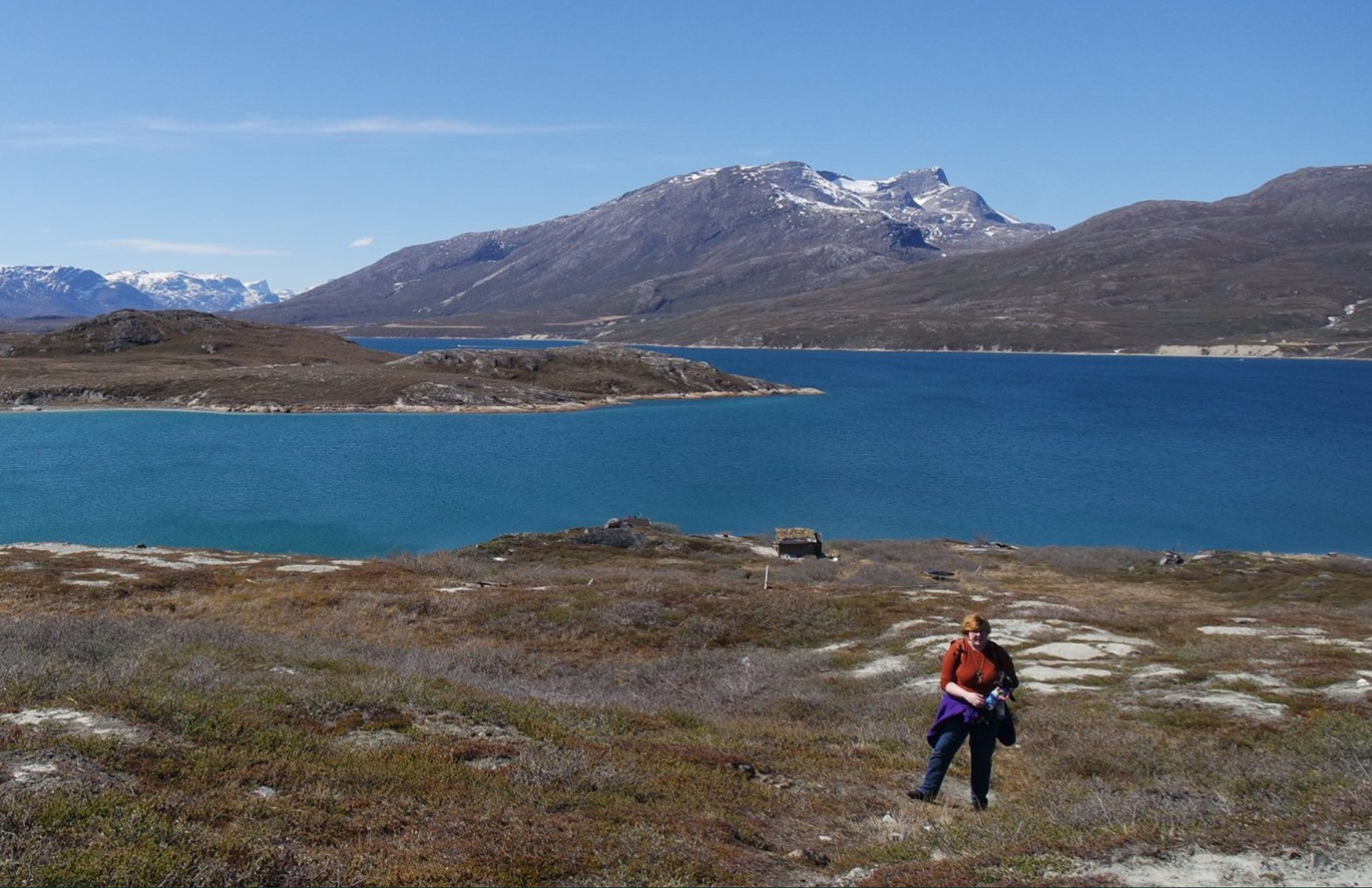A Remembering Through the Leaves
This collection began with a subtle, embodied shift—a kind of awakening that felt more like remembering. While traveling in the tundra of Greenland, two wild herbs revealed themselves not just as subjects, but as messengers: Labrador Tea and Stinkweed (Wild Mustard). Their forms stirred something older than language—a resonance, as if they had always been waiting for me to notice. In foraging and hunting cultures of the North, plants are not passive scenery; they are participants, guides, even kin. This series honors that way of seeing: through encounter, through presence, through emergent memory.
Labrador Tea emerged first—not as a showy bloom, but as a warming presence, a soft resilience growing low to the ground, cradled in moss. It is used traditionally by Indigenous Arctic communities as a remedy for inflammation and inner cold. In Emergent Theory, it acts as a Phase Shift Stabilizer—marking the moment where conditions begin to soften, where life quietly starts again. Its curled edges and velvety texture mirror the inner ember of endurance. Photographing it became an act of listening: each image holds the hush of its medicine, the feeling of being held by something older than pain. It doesn’t demand attention. It offers sanctuary.
Then came Stinkweed, often dismissed, often underestimated—but impossible to ignore. Its scent is sharp, its structure jagged, and its role unmistakable: to purge, to clarify, to push. In Emergence, it behaves as a Disturbance Catalyst—the spark that disrupts stagnation and initiates transformation. It grows in disrupted ground, in edge-zones, where boundaries are blurred and growth is raw. Its presence in this collection felt like a confrontation with truth: Let what is toxic rise to the surface. The photographs of this plant became high-contrast expressions of friction and recalibration, where the light flares and the form cracks open to reveal something unfiltered.

Together, these two plants weave a polarity: one shelters, the other challenges. One warms, the other clears. Yet both are necessary in the cycle of emergence. In the Mustard Tea Collection, their appearances were not incidental—they were signals. Labrador Tea reminded me that coherence can be soft, that healing may be quiet. Stinkweed taught me that some truths only surface through pressure, through scent, through fire. These are not just photographs of plants. They are phase portraits—moments where nature remembered itself through me, and I, through it.
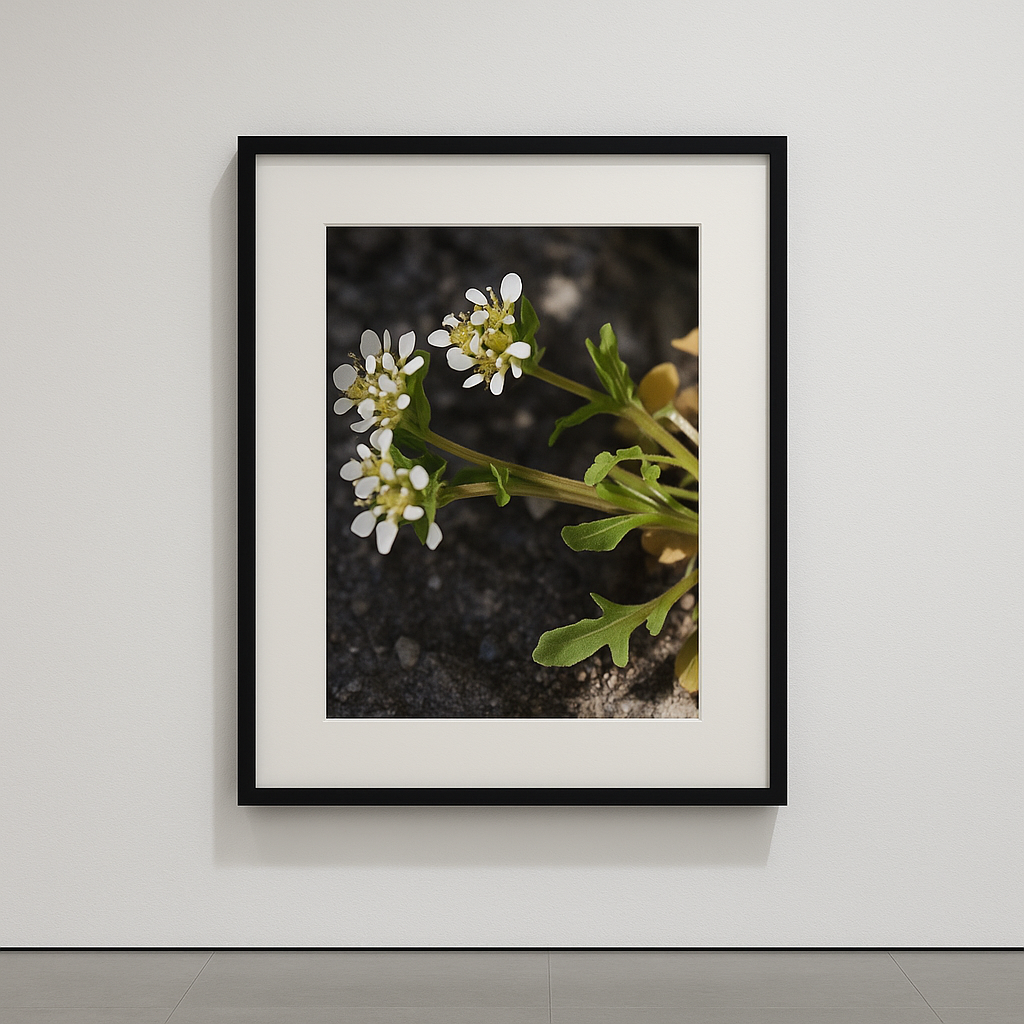
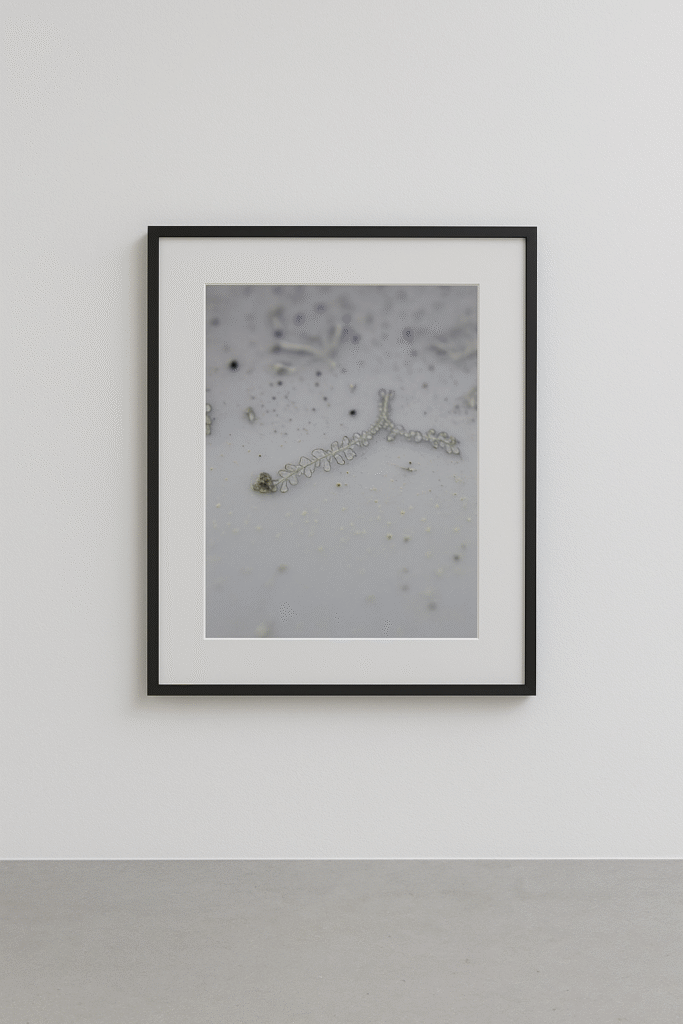
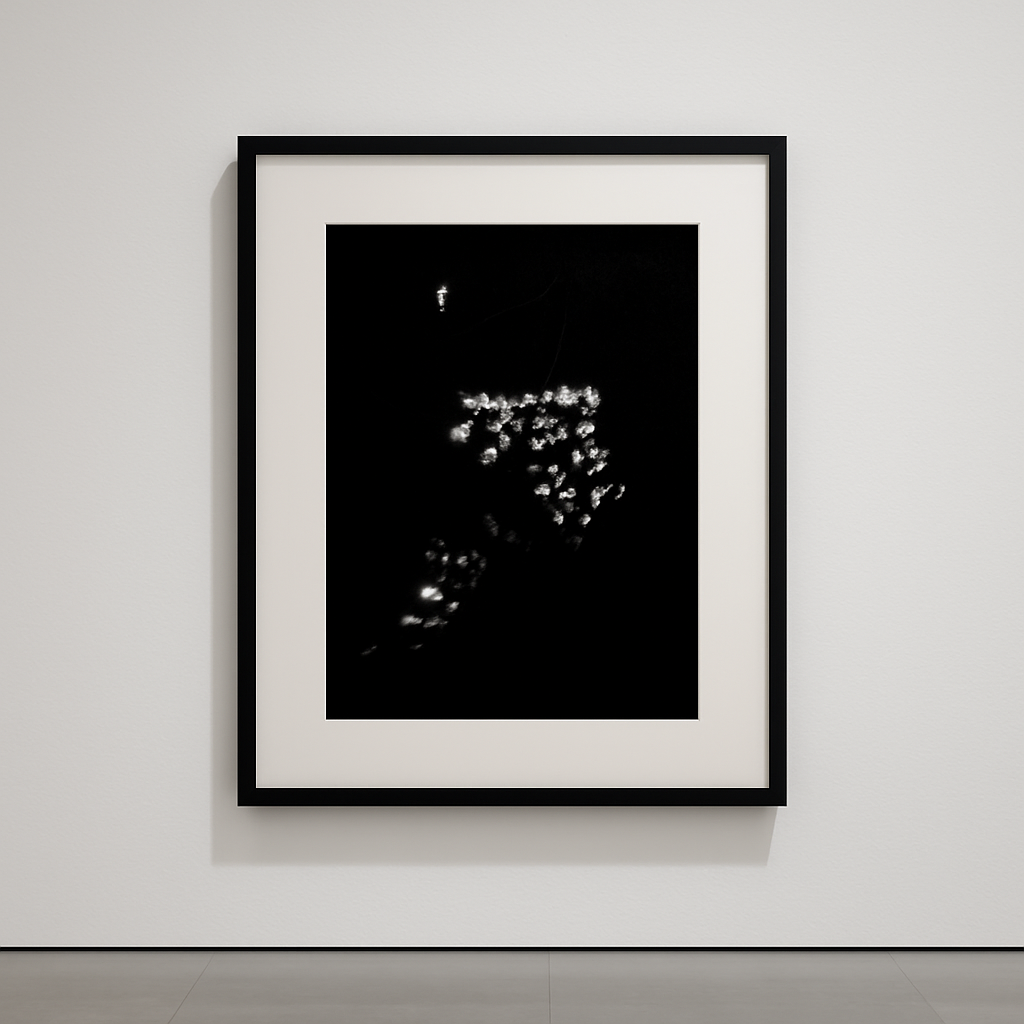


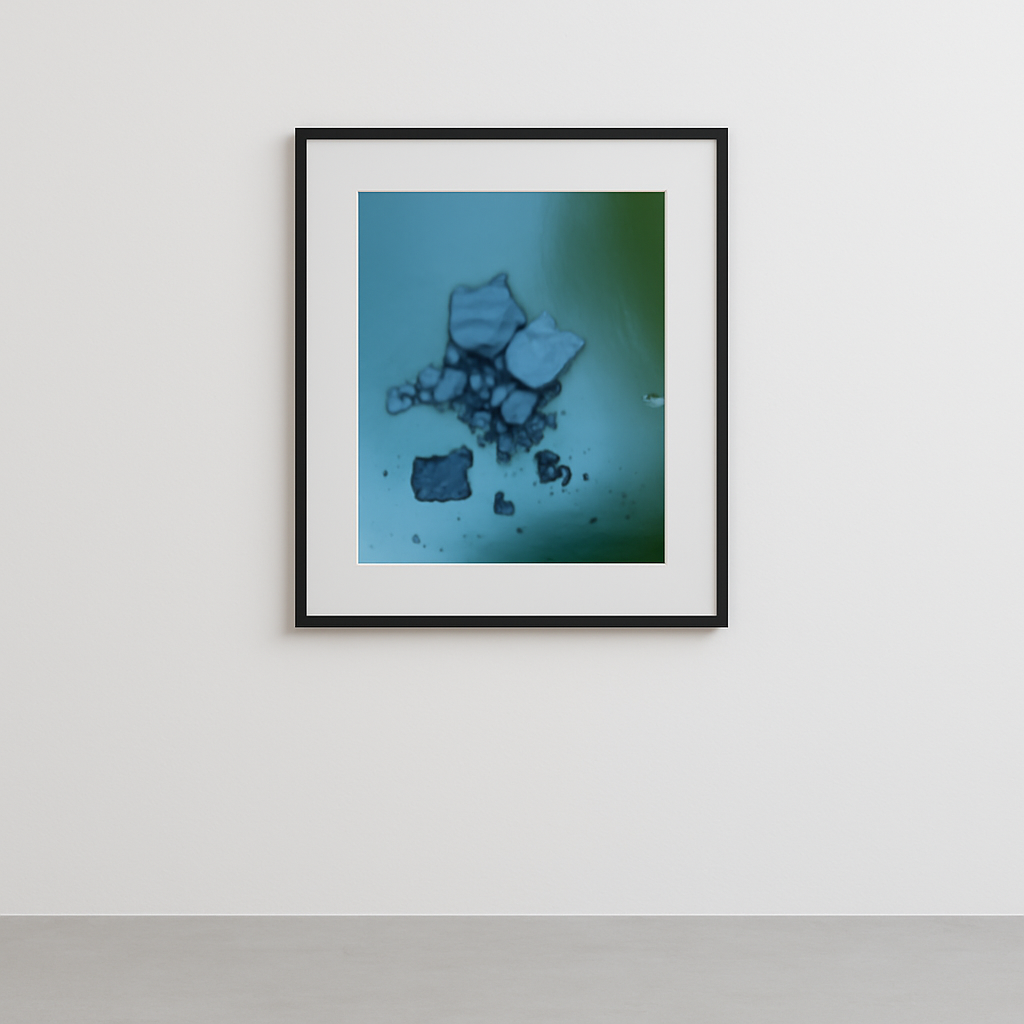
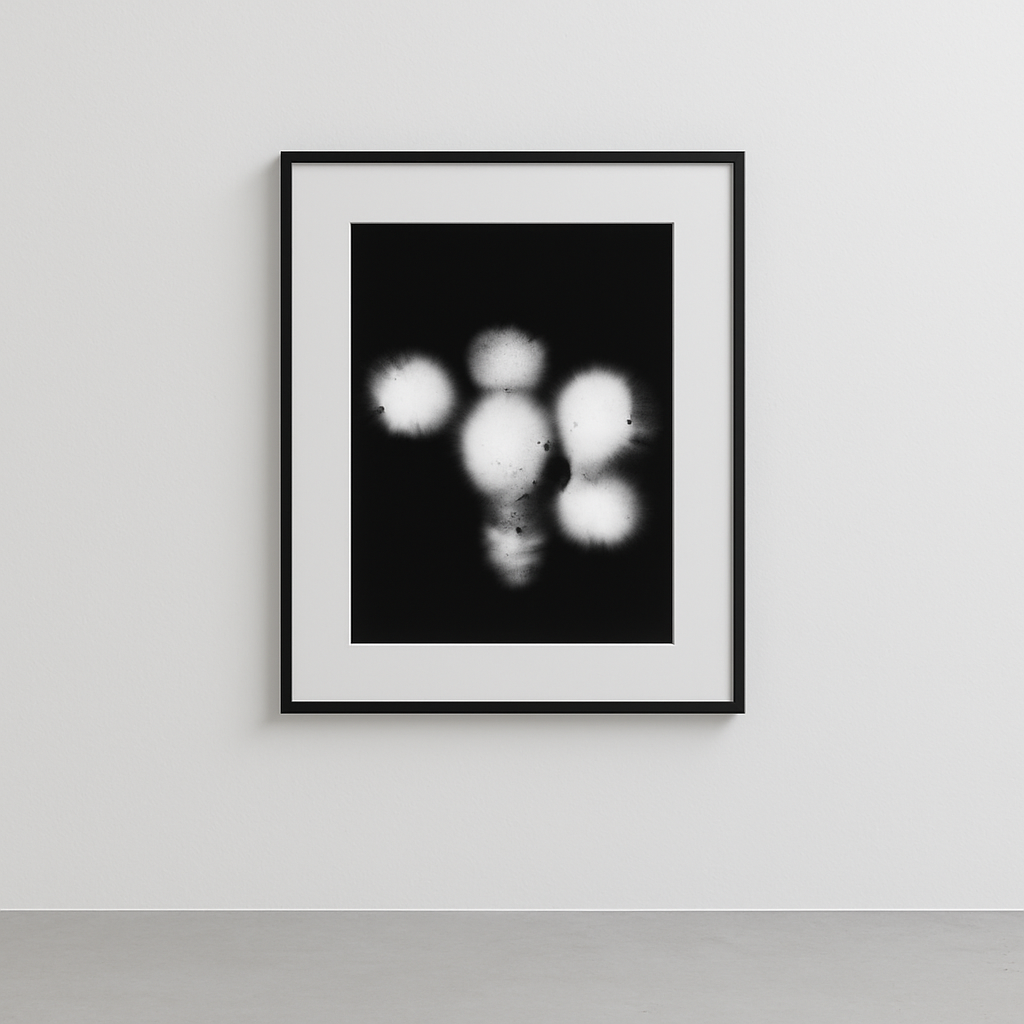
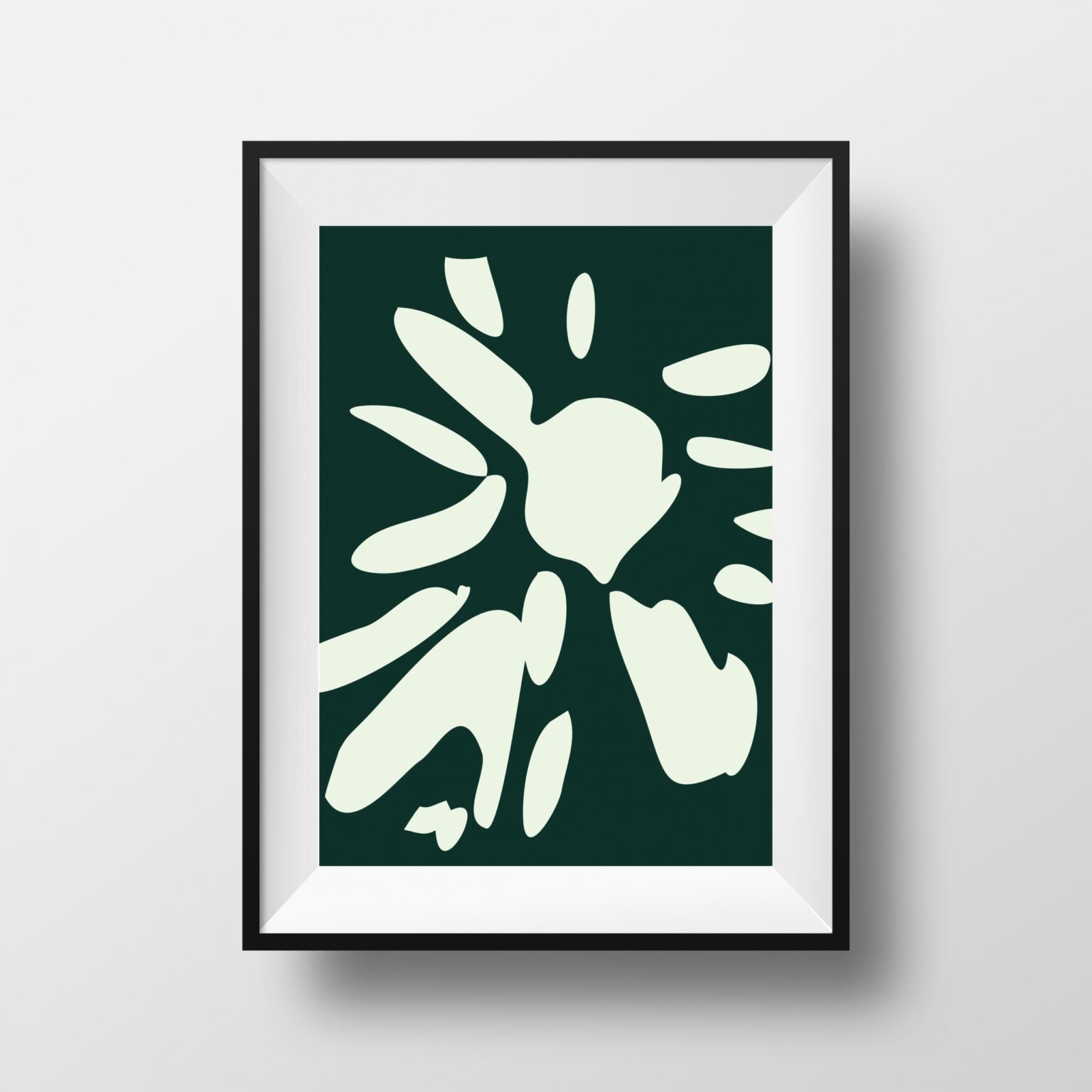
Four Dimensions of Perception: A Prelude to Emergence
At first glance, Mustard Tea was a photographic exploration. But beneath its surface, this project held the seeds of something far deeper—a multi-dimensional inquiry into how life reveals itself through form, energy, matter, and memory. Long before Emergent Theory was articulated, this work felt its contours. What I captured in Greenland wasn’t just botanical—it was systemic, cellular, field-based. Each medium spoke in its own dialect, together composing a language of becoming.
Photography, the first layer, acted as a point of visual contact—the botanical as it presents itself to the human eye. This is where Stinkweed and Labrador Tea first announced themselves, not as specimens but as beings. The camera served as a translator, capturing light’s role in defining form. It reveals emergence at the moment of boundary recognition—where something becomes discernible in a field of potential. The plants, seen in this layer, are not isolated. They are expressions of place, of season, of a consciousness beginning to coalesce.
Electrography offered a glimpse into the unseen fields of these plants—their energetic blueprint. These luminous shadows were not symbolic; they were literal imprints of charge and resonance. The electrographic plates allowed the plants to speak through light directly, bypassing the eye to communicate in frequencies. They behave like attractors—each spark and glow a signpost in the ether. This is where you first began to notice that matter was not the whole story. Something vibratory, something encoded, was speaking back.
Microscopy brought the inner world forward. From a tiny particle of leaf or crystalized essence emerged fractal pathways, spirals, and branching geometries. This dimension revealed the recursive behavior of life—the small repeating the large, the internal mirroring the external. These are the landscapes of self-similarity, evidence that intelligence is not centralized but distributed. What you saw here, under magnification, was the architecture of emergence itself: form not imposed, but unfolding from interaction.
Vector abstraction came later as a distillation process. Using reductive forms—positive/negative space, simplified silhouettes—you began to encode the energetic signatures into glyph-like maps. These images speak in pure contrast, in archetypal geometry. As discussed previously, vector work often flattens dimensional experience into binary logic. But in this context, that reduction became a seed-stage encoding—a first layer of signal emergence. Like language crystallizing from sound, or form rising from vibration, the vector phase allowed you to symbolically render what was once felt but not yet seen.
And here lies the truth: this project knew something before the artist did. I was tracing a pattern that had not yet been named—working through image, energy, and intuition. Years later, that pattern would take form as Emergent Theory, but its frequency was already humming in this work. The Mustard Tea collection is a memory in reverse: the theory dreaming itself into being, using leaves and light and contrast as its medium.

